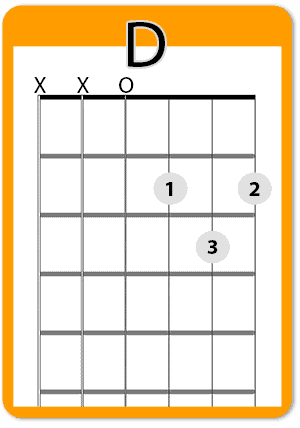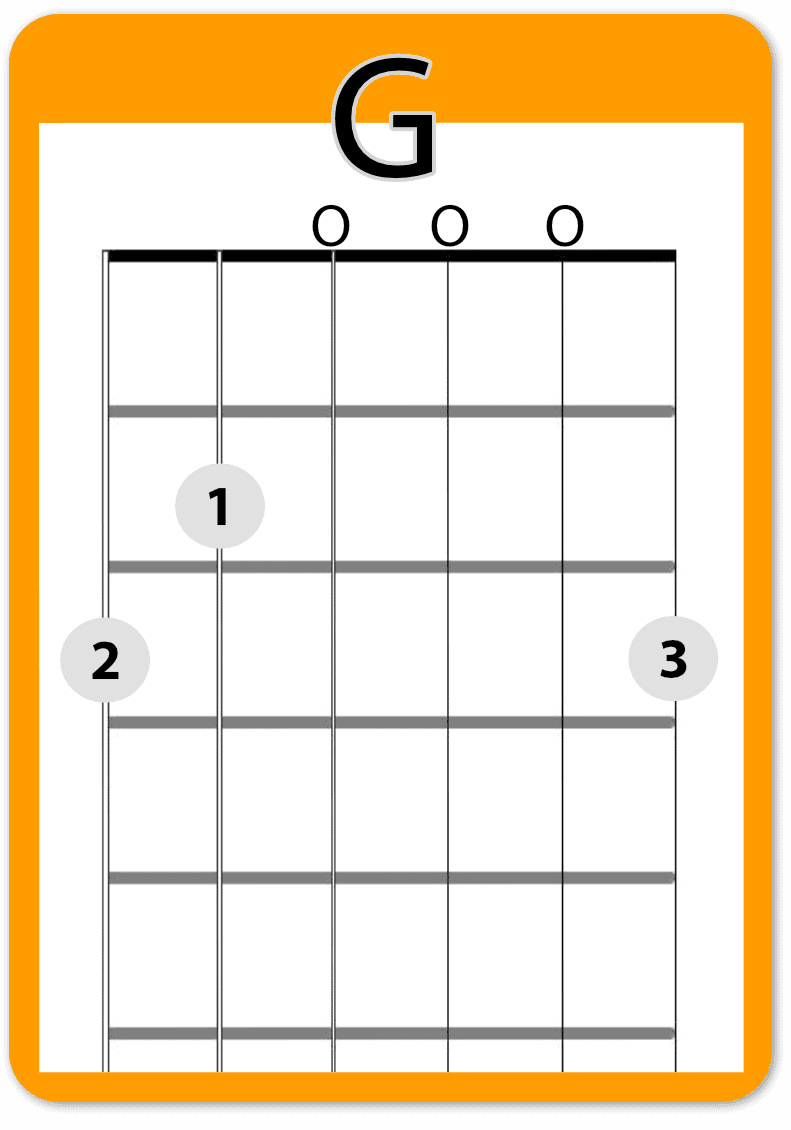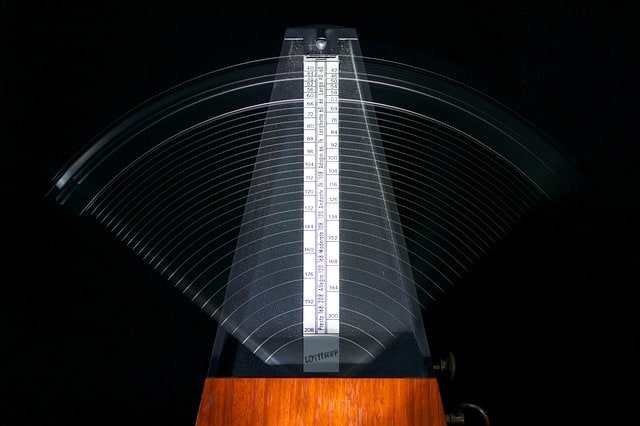Once you understand the basics of using a metronome, the next question is how to use it to improve your guitar playing. Today we’re going to go over three ways of how to practice guitar using a metronome for beginners.
Even if you have been playing for years but you are new to using a metronome, this video will be invaluable.
Keep in mind that even a little effort on your part will go a long way. So, grab your metronome and let's do this.
Feel The Beat

The first thing to do is to clap along with the beat of the metronome. You can start by setting your metronome at 60 bpm and try to clap on top of it. Make sure your metronome is loud enough so you can hear it.

After you can clap on the beat, mute the guitar to play muted strums on top of the metronome beat. In other words, instead of clapping on the beat, you're strumming down on the guitar while muting the strings with the left hand.

Next, we’re going to strum the downbeat and the upbeat. We are going to count the beats and put two claps on each beat.
The first clap is going to be the number and the second clap the word “and''. Essentially, you’ll be doing eighth notes, where the numbers of the beat (1, 2, 3, 4) are the downbeats and the “and” that follows each number is the upbeat.
Chord Switching- A Metronome Practice Game


I’m going to divide this one into three rounds that increase in difficulty. Let’s adjust the metronome tempo to 50 and start with round one.
We’re going to use two chords, D and G. Strum the D three times on the downbeats of 1,2,3 and then we use beat four (where we do not play) to change to G. In other words, you play D on the first three beats and nothing on the fourth beat (as this gives you time to change to the G chord).
Then we play the G for the first three beats of the next measure and use the fourth beat to change back to D.
In round two, we’re going to apply the same principle. Play the D chord on beat one and then use beat two to change to the G, which you will then play on the third beat.
We then use the fourth beat to change the chord back to D so it lands on beat one. Remember that we don’t actually play on the beat that we are using to change the chord.
For the third round, we’re going to play D for four downbeats and then change it to G fast so it's ready for the first downbeat of the next bar.
In other words, we have to change chords faster, as every single beat is played strummed with a chord.
Try this exercise with different chords, or even with different chord progressions. Once you feel comfortable with it, you can move on.
Metronome Tempo Speed Game

You’re gonna want to keep a tempo journal for this one. Just a piece of paper with the date and tempo. I have a template you can download here if you wish.
We’re going to be using an exercise called the Finger Developer. The first version is easier, and it features each of the first three fingers of the left-hand landing on beat 2, 3, and 4 on their corresponding fret, while beat one is just the open string.
Start with the open sixth string on beat one, then beat two your first finger on the first fret, beat three is the second finger on the second fret, and beat four is the third finger on the third fret. Then move on to the next string.
The second developer exercise is ideal if you are a bit more advanced. We start on the fifth fret, and it is the same principle as the previous exercise, except that you use all four fingers of the left hand, with no open string.
Once you are comfortable with this, move on to two notes per beat, or eight notes. The down strums are going to be the number 1, 2, 3, 4 and the up strums are going to be the “and” which are the upbeats.
After a practice session, write down the exercise, the date, and the tempo, as well as any observations. This way you will be able to notice your progress and hopefully be motivated by it.
Time Is On Your Side

Few tools are as powerful as the metronome for developing good time. The exercises here will help you greatly develop your sense of time and make you a better musician in the process. Take time to practice them patiently, slowly at first, and try to have fun. Till next time.
Need help Switching Chords?
If you're a Real Guitar Success Academy member, check out the lesson The Chord Switching Game. You'll have fun while I lead you through a series of progressive sessions. AND you'll develop the skill of changing chords quickly and easily.
Not a member yet? No problem. Sign up here FREE for 14 days. I’m hoping you stick around… but if not, the 2 weeks should be enough time to get the benefit from this lesson.

Great lesson!